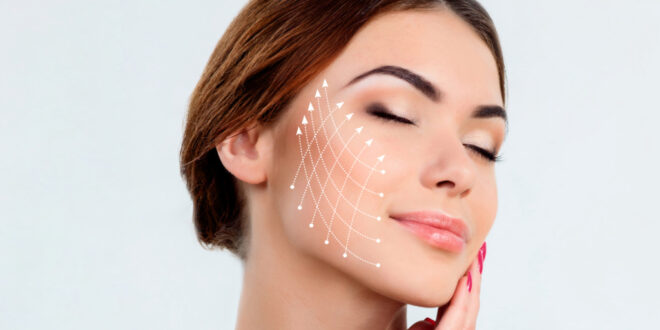As you get older, your skin gradually becomes thinner and less elastic. As a result, fine lines, folds, and wrinkles start to appear, giving you a tired and older appearance. Fortunately, there is now a way to address these signs of ageing without the need to go under the knife. A thread lift can help restore your youthful appearance by placing threads or sutures under your skin to create a lifting effect. In addition, the presence of the threads in your skin stimulates the cells to produce new collagen and elastin, which are proteins that help maintain the structure and elasticity of your skin. If you are considering this non-surgical procedure, here are the key things that you need to know.
A Thread Lift has a Short Recovery time
Unlike a facelift which requires 4 weeks of downtime, a thread lift has a shorter recovery time. In fact, you can return to work and other daily activities after the procedure. While you may experience soreness and swelling afterward, you will rarely need strong pain killers. The application of an ice compress on the treated area is enough to reduce the discomforts.
You need to have Realistic Expectations to be a Good Candidate
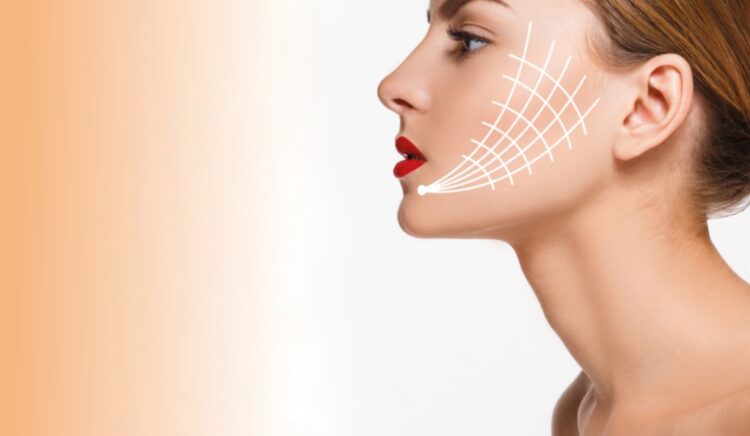
The procedure has its limitations so you need to keep your expectations realistic. Before undergoing a thread lift, it is important that you know the following:
- It can only address minimal signs of skin ageing.
- It cannot produce significant improvement if you are over 65 years old.
- It cannot stop the effects of ageing on your skin.
- You will need to wait 1 to 2 months to see the final results of the procedure.
A Thread Lift can be used on different Facial Areas
A thread lift can effectively address signs of skin ageing in the following areas:
- Around your eyes
- Border of your lips
- Cheeks
- Chin
- Jawline
- Neck
There are Risks and Complications associated with a Thread Lift
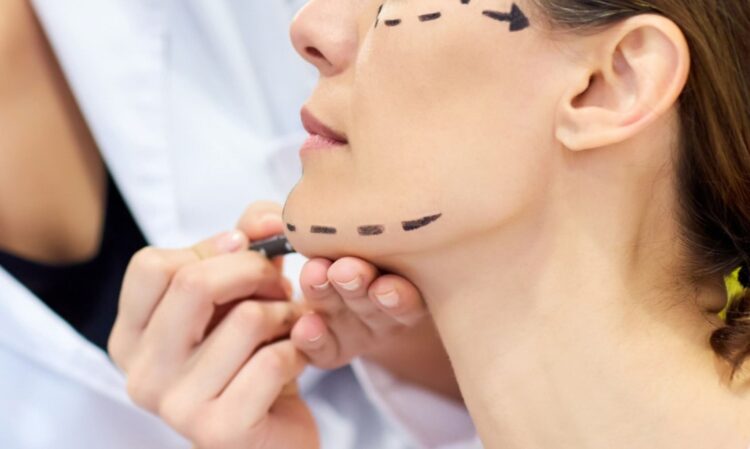
According to CosmosClinic, some problems that you may experience after a thread lift are the following:
- Bruising
- Infection
- Nerve injury
- Numbness or lack of skin sensation
- Poor cosmetic results
- Swelling
- Thread migration or breakage
- Visibility of the threads
If you experience any untoward signs and symptoms, make sure to seek medical help immediately for further evaluation and management.
Excessive Pressure on the Treated Area should be avoided after a Thread Lift
During your recovery period, it is important that you avoid any activity that can place excessive pressure on the treated area to ensure optimal results and prevent complications. This includes the following:
- Eating hard foods
- Excessive opening of your mouth
- Making extreme facial expressions
- Receiving facial massage
- Sleeping on your stomach or side
- Applying makeup
A Thread Lift produces Impressive Results
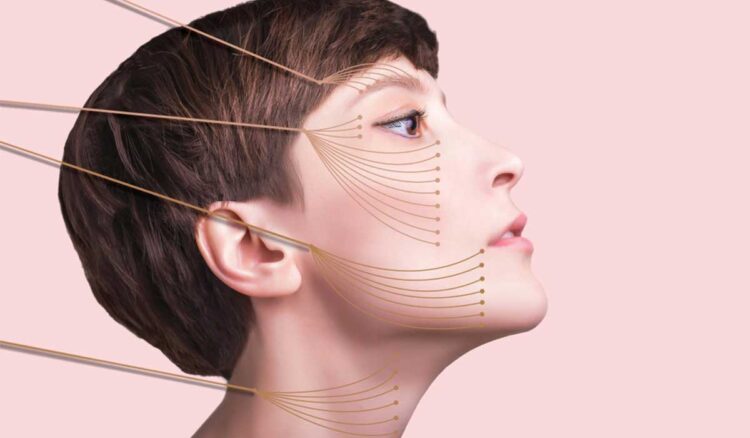
In terms of results, you will usually notice an immediate improvement after the procedure. The lifting effect can be observed and the results will continue to improve over the course of the next 3 to 6 months. This is because the presence of the threads in the treated area boosts collagen and elastin production, creating subtle and natural results. After 9 to 12 months, the threads will dissolve and you will need to undergo maintenance treatments. It is important to keep in mind that the results of a thread lift will depend on how quickly your body absorbs the threads, your activity level, and how you care for your body after the procedure.
A Thread Lift has several Advantages over Facelift Surgery
There are several advantages of choosing a thread lift over facelift surgery, such as:
- It can be combined with other anti-ageing procedures.
- It does not require large surgical incisions.
- It has a lower risk of complications.
- It has a shorter downtime.
- It is a versatile procedure that can be performed on different facial areas.
- It is less painful.
- It is minimally invasive.
- It is quick and takes about 45 minutes to complete.
- It produces immediate and long-lasting results (can last from 1 to 3 years).
- It requires local anaesthesia only.
- The results of the procedure continue to improve over time as collagen production increases.
A Thread Lift is also known as a “Lunchtime Lift” or “Lunchtime Facelift”
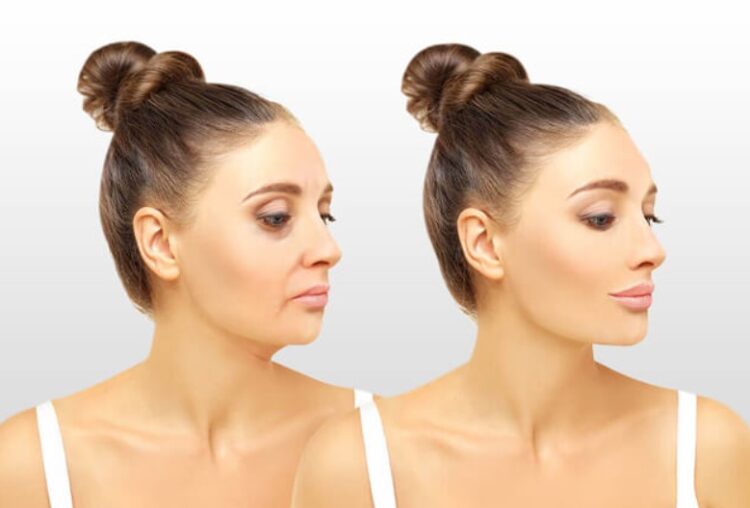
If you have a hectic schedule or busy lifestyle, you may consider undergoing a thread lift to address your skin concerns. The procedure is called a “lunchtime lift” or “lunchtime facelift” because it only takes 45 minutes to complete and you can directly resume your work and daily routine afterward. The results are also immediately visible after the procedure and will continue to improve over time. Since the results can last for 1 to 3 years depending on your skin condition and the type and location of the thread, you won’t need frequent follow-up treatments. This helps you enjoy the benefits of the procedure while giving you more time for work, daily activities, and other priorities in your life.
A Thread Lift cannot Address Severe Cases of Skin Sagging
The procedure cannot address severe skin sagging because it only uses threads or sutures to lift any loose skin. Severe skin sagging usually results from advanced age or significant weight loss. It will not produce any improvement if you have this condition and you will be advised to undergo a facelift surgery instead to address your skin concerns.
You may need some Preparations before a Thread Lift
Before your thread lift appointment, you will need some preparations to ensure optimal results and lower your risk of complications. A week before the procedure, you will need to avoid medications or supplements that can cause your blood to thin as this can increase your risk of bruising and bleeding. You should also stop smoking several weeks before the procedure as it can delay your healing.
A thread lift can help address signs of skin ageing in most parts of your face and neck with little downtime. Before undergoing this non-surgical method of skin rejuvenation, it is important for you to know all the key things about the procedure to help you with your decision-making process.
 Hi Boox Popular Magazine 2024
Hi Boox Popular Magazine 2024
